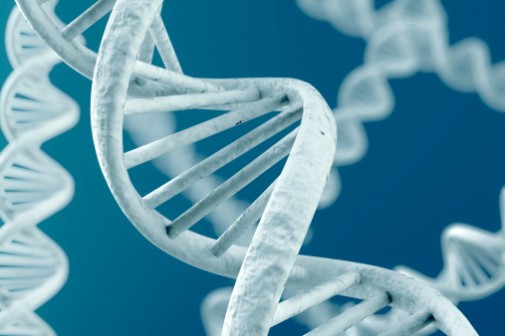Related Posts
Comments
About the Author
health enews staff is a group of experienced writers from our Advocate Health Care and Aurora Health Care sites, which also includes freelance or intern writers.

News of Angelina Jolie’s double mastectomy stunned the entertainment community last May. Humanitarian and mother of six, Jolie made the decision to take a preventive measure to decrease her chances of getting cancer. Jolie’s mother died at the age of 56 after a seven year battle with ovarian cancer and the actress said she wanted to avoid the same fate.
Jolie learned she carries a mutated version of the gene BRCA1, which scientists discovered among family histories revealing many cases of breast cancer, including cancers at early ages and in both breasts.
According to the National Cancer Institute, women with the BRCA1 or BRCA2 mutations have an average breast cancer risk of 60 percent.
Some health experts believe Jolie’s decision to have the surgery was courageous.
“For many women who have lived with the feeling that cancer was inevitable due to their family history, this operation may give them the freedom to move forward without fear,” said Dr. Barry Rosen, surgeon and vice president of medical management at Advocate Good Shepherd Hospital in Barrington, Ill. “I commend Jolie for her courage to take these steps and share her story with the public.”
Jolie shared her story with the world in an editorial published in the New York Times.
“I wanted to write this to tell other women that the decision to have a mastectomy was not easy. But it is one I am very happy that I made,” said Jolie in the piece. “My chances of developing breast cancer have dropped from 87 percent to under 5 percent. I can tell my children that they don’t need to fear they will lose me to breast cancer.”
Patients with the BRCA1 gene mutation unfortunately are also at a 45 percent risk for developing ovarian cancer.
Melody Perpich, genetic counselor and coordinator of the cancer risk evaluation program at Advocate Illinois Masonic Medical Center in Chicago, says we could hear more from Jolie about other possible surgeries to reduce her cancer risk even more.
“We haven’t heard much more about Jolie’s next steps, which could likely include the removal of her ovaries and fallopian tubes in the next few years, typically recommended by age 40,” Perpich said. “This would reduce her risk of developing ovarian cancer by approximately 80 percent leaving a remaining risk of about 4 percent. Ovarian cancer is often detected at a late stage and incurable because there are no effective early detection screening methods.”
In the article, Jolie says she hopes by sharing her experience other women will benefit in similar situations.
For more information on breast health, visit www.Storiesofthegirls.com.

health enews staff is a group of experienced writers from our Advocate Health Care and Aurora Health Care sites, which also includes freelance or intern writers.
Get these health and wellness insights emailed to you three times a week.

With our LiveWell app and website, you can manage health and wellness for yourself and for everyone who counts on you.
Download the app
Do you cook from the heart? This is what you need to know.